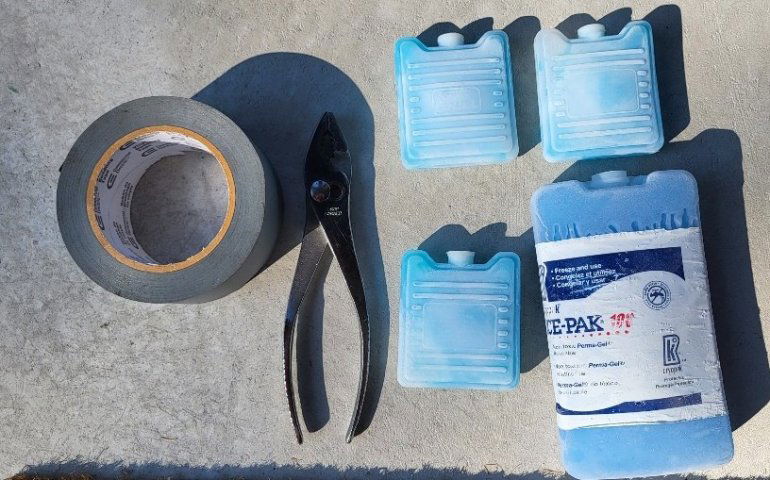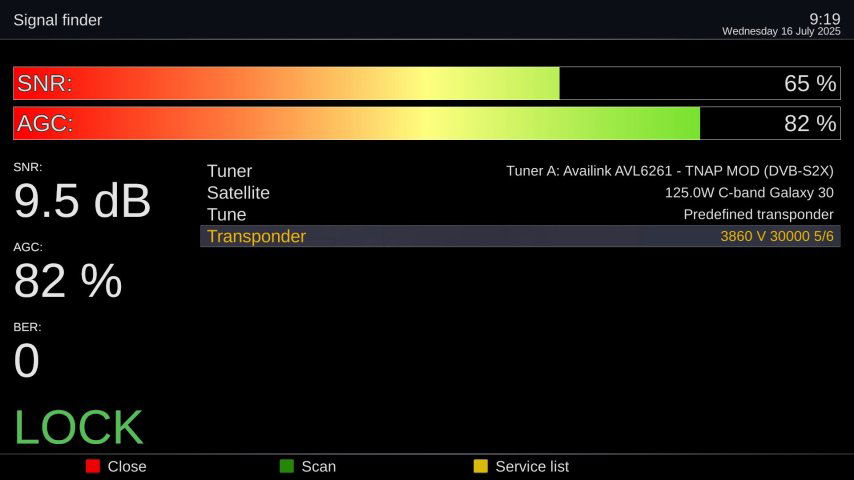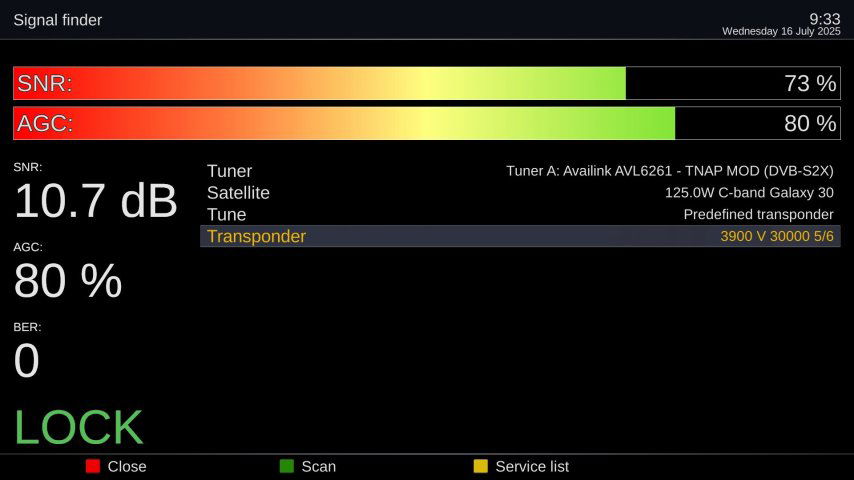I would expect that lower temp of the LNB means lower noise so would improve the C/N ratio..
my experience is that I have poor view of the western end of the arc (127W and beyond), bacause they are low on the horizon and my neighbor has trees there. Even in winter when the trees are bare, I can get only a few TPs on 131 and 133 and nothing on 135W. However the few nights when it gets really cold I can get all of them. By really cold I mean bellow 5 F/-15C.
Now, is that because of the low temp effect on the electronics of the LNBF - it might be part of the equation but i doubt that it. Most likely it's the thermal noise of the trees that is much lower
My expectation, as explained above, is that the signal remains the same but the noise is lower, thus increasing the signal-to-noise ratio. But I wanted to verify that theory, so I plugged in my SDR and took some screenshots of the spectrum of a transponder and the adjacent noise floor when it was very cold and when it was back to normal temps later in the day. To my surprise, it was the opposite - the floor was the same and the signal was higher. As far as I know there was no automatic gain control involved (unless there's one in the LNBF itself?), so I'm very puzzled by it. Still, the bottom line was that it worked much better in very cold weather.
It woudl be interesting to see if ice packs make a difference in your case. I guess it's easy enough to try if you can easily reach the LNBF.
Please keep us posted if you try it




